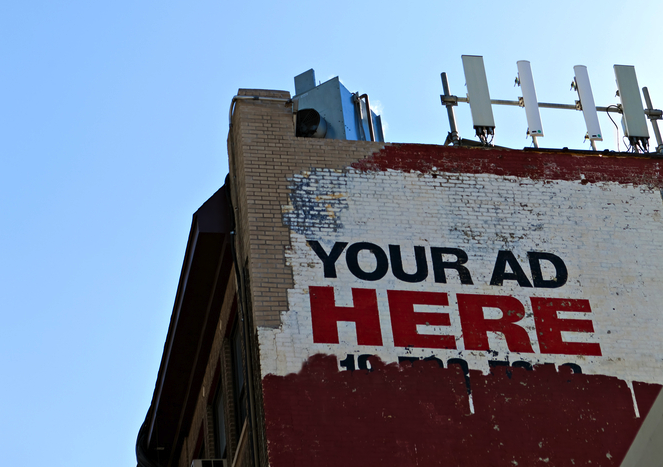
Matt Sussberg is vp of sales at Salon.com
The barriers between content producers and advertisers are dissolving. Content marketing — the use of owned, value-driven and brand-aligned content to drive consumer behavior – is connecting the two disciplines and is becoming a significant part of the media mix.
The part of that mix that most obviously bridges that divide is native advertising, which aims to integrate that valuable content into the reader’s experience in a seamless, unintrusive fashion. Brands, agencies and publishers, as a result, are putting more of their budget and resources to this area.
And with good reason. A recent study from advertising exchange service, Sharethrough and marketing firm, IPG, showed that consumers looked at native advertising 53 percent more often than traditional display ads.
These new opportunities bring about exciting times for advertising. However, the continued growth of new initiatives like native advertising rests on the ability of advertising agencies, publishers and other key stakeholders to define clear standards and performance metrics.
As we continue to explore and define native advertising, there are five key things that publishers and media companies need to keep in mind in order to take full advantage of this exciting marketing resource.
Determine clear success metrics.
One of the most important aspects of any advertising campaign is measuring engagement. If you can’t measure your content’s impact, you won’t know what is and isn’t working with your readership.
There are a number of possible metrics. Some argue that time-on-page is the key metric to pay attention to and that pageviews alone are a little superficial. Alternatively, some might prefer to use scroll data as a key indicator because readers who scroll further down are more engaged and, therefore, more valuable.
Whatever the metric, success and failure must be clearly defined before any native advertising initiative is rolled out.
Know your narrative.
With many of today’s brands fighting over how “innovative” or “disruptive” they are, brands will often try to fit into a narrative that doesn’t suit their image. For example, a brand of cereal doesn’t need to be part of a conversation about mobility, in the same way that a stationery manufacturer shouldn’t try and attach itself to a healthy-living debate. Those are just made-up examples, but the point is brands shouldn’t focus on aligning their brand with the hottest trends. What’s important is finding the right fit for you and your brand.
Tell a good story.
Sponsored content needs to be clearly labeled, and it needs to be compelling.
With so many brands fighting for limited space both online and in-print, native advertising must be a natural extension of a publication’s editorial in order to create a worthwhile return. Relevant content is king when it comes to capturing — and keeping — an engaged audience.
Respect your readers and your editorial voice by putting the same craftsmanship into custom content that’s given to editorial content. Good content will rise to the top no matter what.
Strive to achieve balance.
Melding the publisher’s voice, agency directives and client objectives can be a delicate balance.
To help achieve that equilibrium, publishers should be mindful of their audience and speak to the things that their readers are already enjoying rather than trying to pursue dramatic new narrative directions. After all, a publisher’s readers and viewers are already coming to them for their content.
Think outside the lines — literally.
Native advertising is rapidly changing. It’s changing how publishers behave, what clients require and what consumers expect. To adapt, we all need to think beyond what fits on a line item in a media plan and whether content lives above the fold.
Engagement and high levels of creativity often happen outside of those comfortable boundaries. With this exciting range of new advertising techniques moving to the mainstream, brands and their partners need to experiment to find the most successful strategy.
More in Media

WTF is behind the explosion of faceless creators?
Brands are rapidly increasing their spending on faceless creators, showing the unique benefits of working with this type of influencer.

In Graphic Detail: As ‘Grow a Garden’ booms, a new report shows the marketing power of Roblox
The explosive growth of “Grow a Garden” has brought new attention to Roblox — and rejuvenated marketers’ interest in its advertising power.

Brand deals surge for golf creators as the sport’s popularity spikes
Golf is booming, and so is influencer marketing. As a result, golf creators are signing an unprecedented number of brand deals in 2025.





